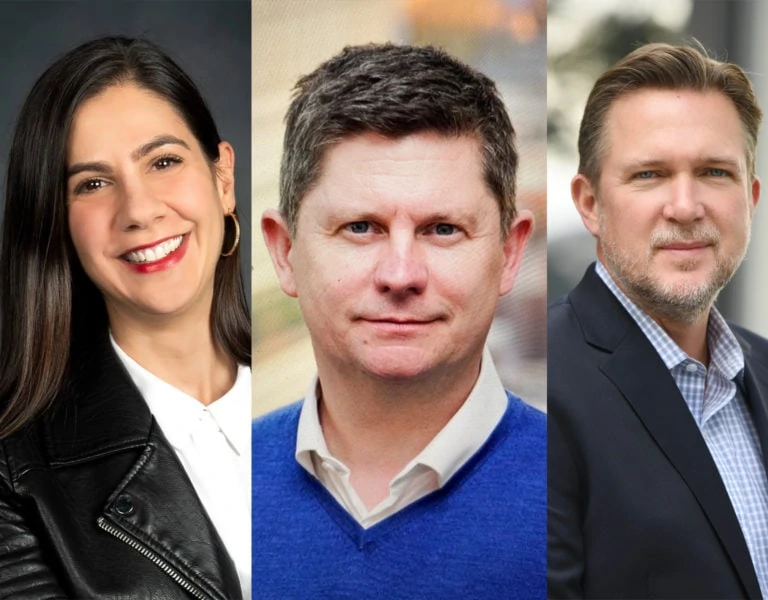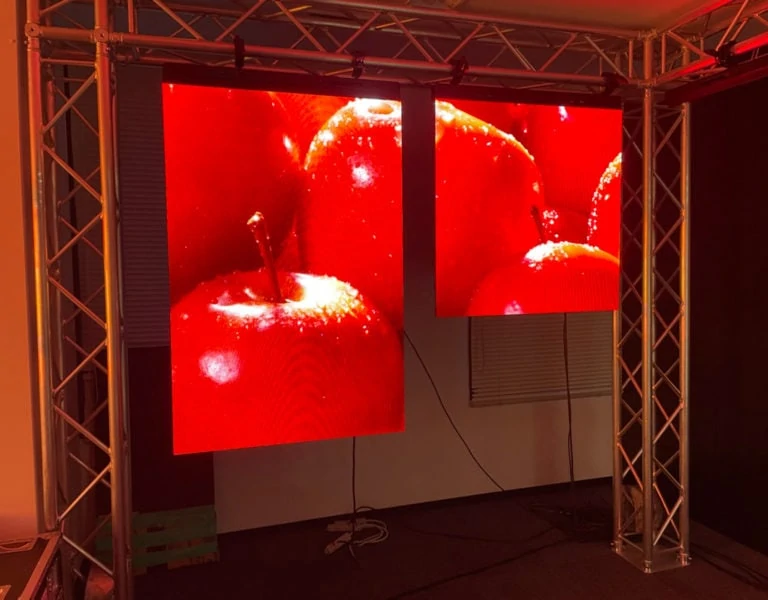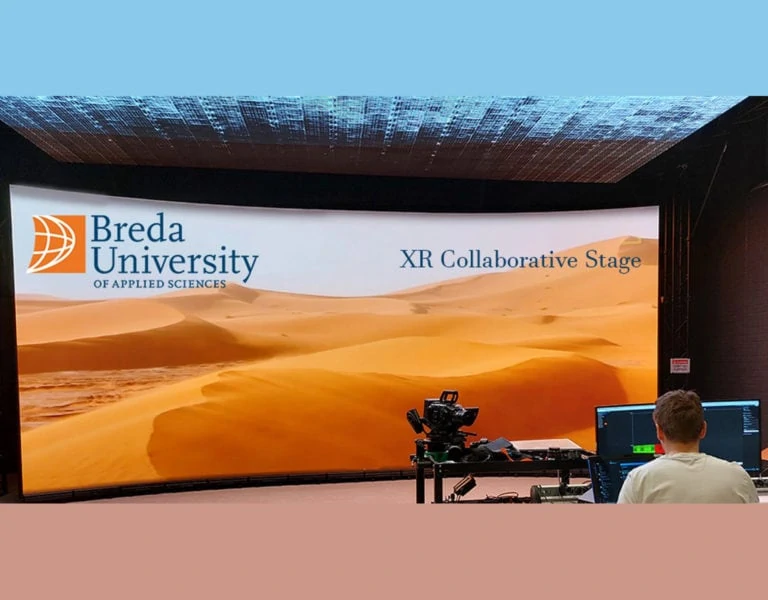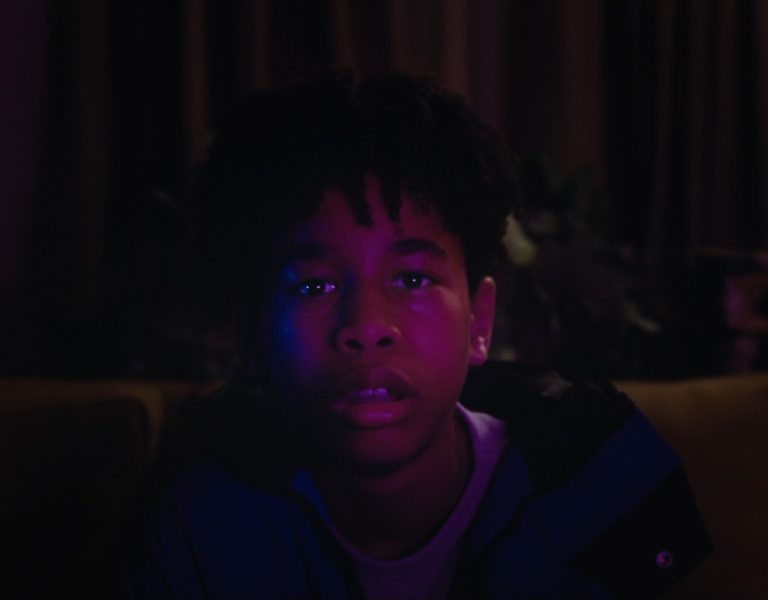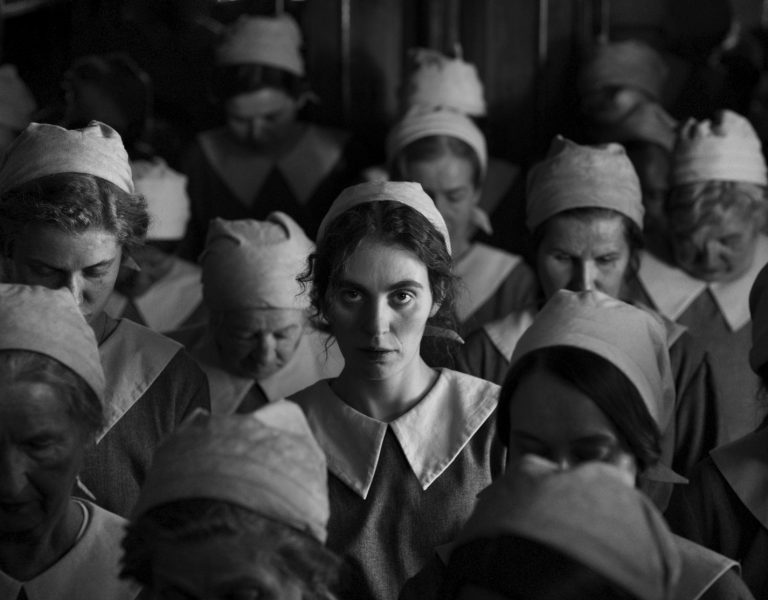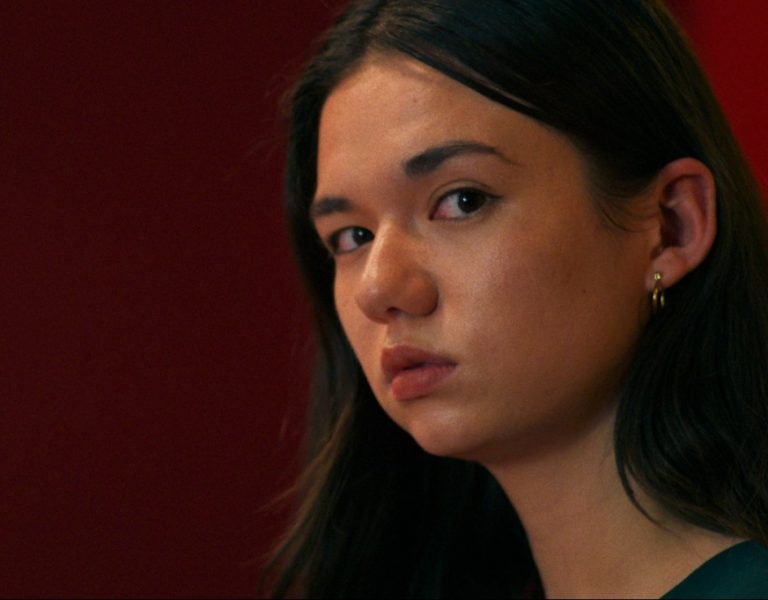Cinematographer Molly Manning-Walker and the creative team behind Wolf Alice’s Blue Weekend visual album, which Digital Orchard was proud to manage the scanning and dailies for, share the story of its creation.
Mercury Prize-winning Wolf Alice formed in London in 2010 and recently topped the charts with their third album Blue Weekend, but many fans may not know that the 11 videos to accompany the singles were shot in one go over an intensive six-day period during lockdown last November.
With the pandemic preventing the band touring Blue Weekend, Wolf Alice realised they needed another way to bring the music to life for fans. Teaming up with producer Ella Girardot, director Jordan Hemingway, and cinematographer Molly Manning-Walker, they created a series of music and live performance videos resulting in 11 beautiful films. The video and audio albums are so intrinsically linked that Ed Blow, general manager of Dirty Hit Records, couldn’t imagine separating them now: “We created the whole visual world for the album on the shoot, so all the creative, including the film, 11 music videos, and album artwork, was shot in that crazy week-long night out in London!”
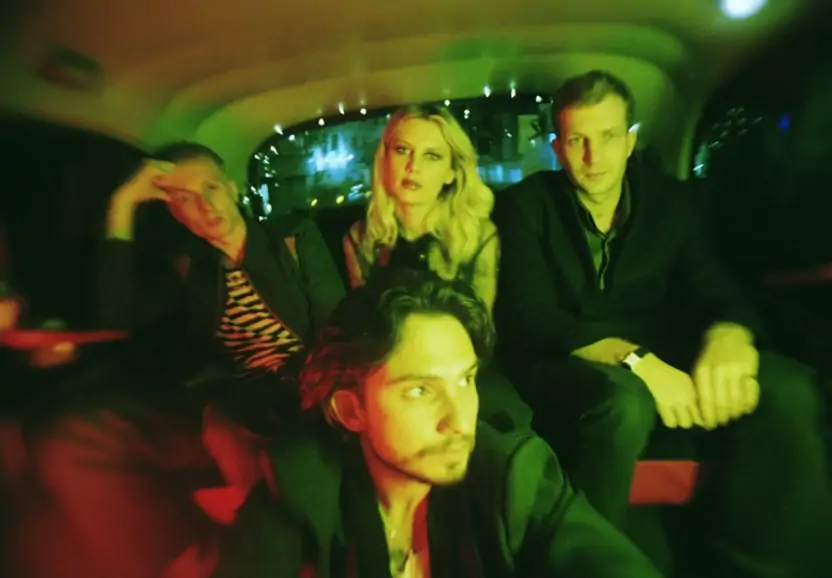
Increasingly celluloid is becoming the preferred choice for music promos, from 8mm to 35mm. Manning-Walker explains why shooting 16mm was always the plan for Blue Weekend: “When you’re faced with a challenge like this, 16mm is the perfect tool. With just a 3.5mm lens and no focus gears, the kit is a lot smaller which frees us up when operating. There is a lot of handheld in the videos and they’re very wild, so a 16mm build allowed me to move more freely.
“We wanted a messy, dark, rough feeling and nothing does that quite like 16mm. I can’t imagine what would have happened if this was shot digitally. I think it would be a disaster: the colours and the texture, the feeling of memory rather than reality. There are so many happy accidents in the film that I love so much – you can’t intentionally create those things.”
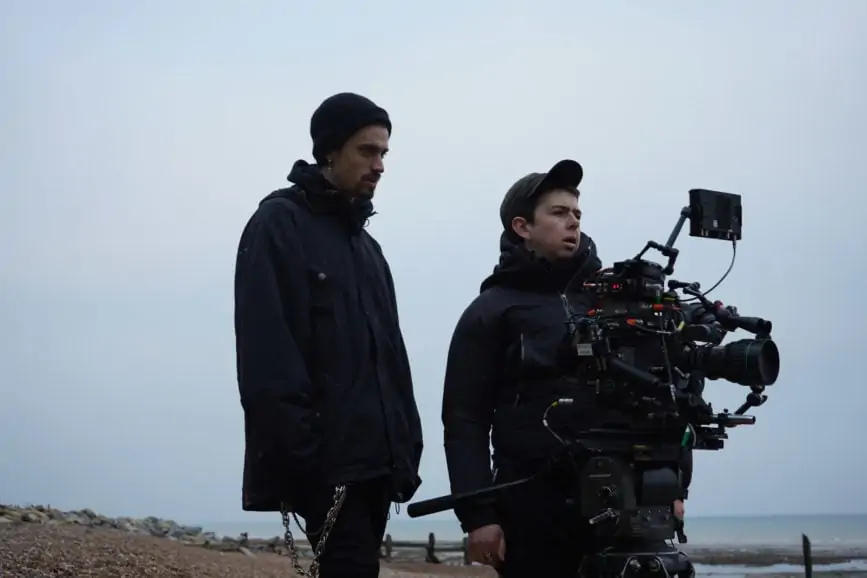
Similarly for Hemingway, shooting on 16mm film was influenced by the aesthetic it offered: “Using 16mm over 35mm allowed for more forgiveness in the image and brought more magic into what was unfolding in front of the lens. It felt raw and gritty in all the right ways – just what you want for a big night out.”
Manning-Walker shot with an ARRI Arriflex SR3, a camera she grew up using and comes as “second nature” to work with. “It was a very freeing filmmaking process, and the operating would have been very different with a bigger build of camera. Panavision went above and beyond to get us the kit with such a small budget.
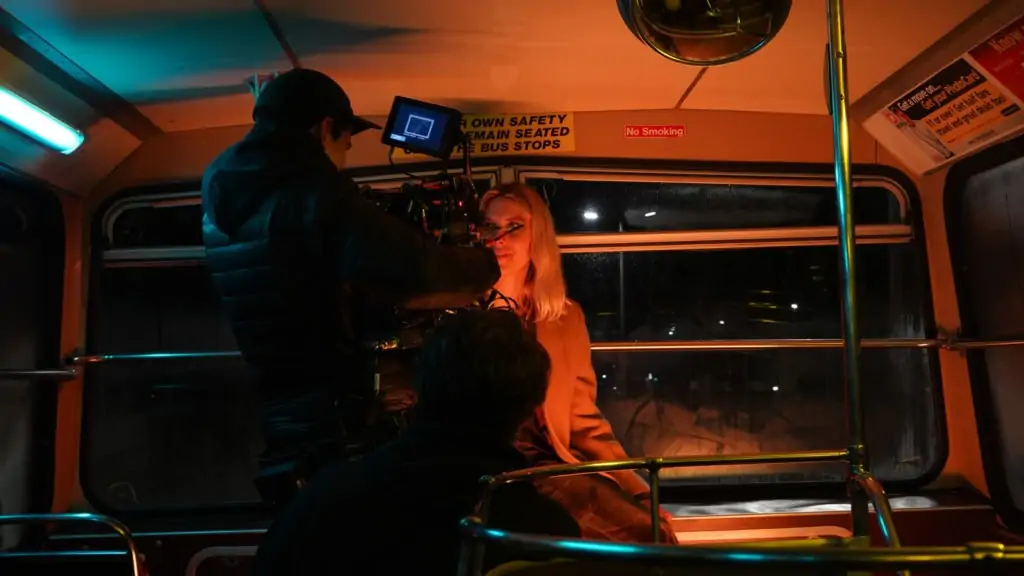
“We shot on 500T Kodak stock. We wanted it to feel rough and grainy. We also needed to move quickly with very little lighting and the 500T meant we could roll with Asteras and low-profile lights. It gave more freedom and flexibility, especially on location!”
The visual album was captured using the 3.5mm Century lens and ARRI Ultra Primes. “I love using Ultras on 16mm as they resolve so well,” says Manning-Walker. “The 3.5mm was a real wild ride – it gave us those warped edges and I had to stand on top of anyone to get a close-up! Shooting mostly on a 3.5mm meant there wasn’t anywhere to hide. You see everything and everything is in focus.”
Wong Kar-wai’s films influenced the selection of wide lenses and colour choice. “Jordan wanted saturated greens and yellows and for it to feel gritty yet vibrant,” says Manning-Walker. “We used wide lenses to distort reality and to give the feeling you’re tumbling through a night out. We also looked at Taxi Driver and Trainspotting. We really wanted it to feel like a wild night out on the town – something that was set in London but inherent to the world.”
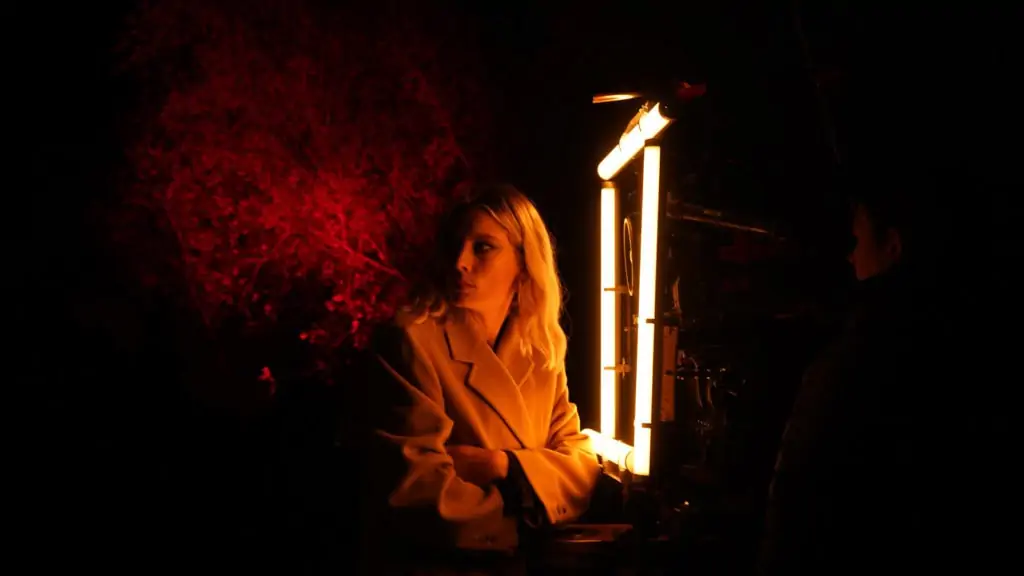
The camaraderie off screen also made the experience special. “The intensity of the job, the small crew and long hours led to tight relationships and a supportive working environment,” says Hemingway. “For that whole week it felt like we were living the film, a never-ending night out. I’ve never been more exhausted, but I’ve also never been happier.”
As the shoot was so rapid, many technical challenges needed to be overcome to keep the production moving. “We had limited resources to work with so Molly, gaffer Bill Rae Smith and production designer Luke Moran-Morris had to be very clever when lighting each set-up,” adds Hemingway. “We also had to shoot for three days in one pub and moved rooms every day, so Luke and his wonder team could dress the next room.”
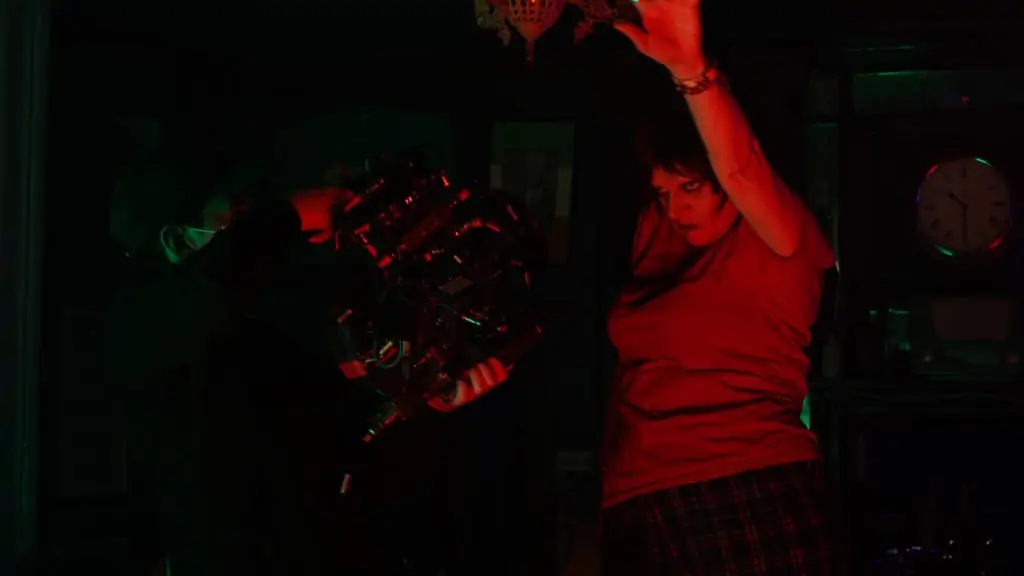
The crew worked closely with the scan department at Digital Orchard, with Matt Waghorne and Dan Redrup creating a workflow that allowed for a quick 12- to 18-hour turnaround time on the dailies. “It made all the difference. When the first batch came in, we could see we were on track, and it breathed new life into Molly and I,” says Hemingway. “When you are on a shoot like that you sometimes lose perspective on the overall project as you’re focusing on fighting through what’s immediately in front of you on the day. I don’t like recording playback as I feel it gets in the way of the process, but this allowed us to have a quick check-in and enthusiasm boost which is ever important.”
The band sent clips of the original celluloid to fans who had bought the album. “It felt like a nice way to give a physical part of the album visuals to fans, and it’s been great fun seeing people scanning and sharing their frames online,” says Blow.
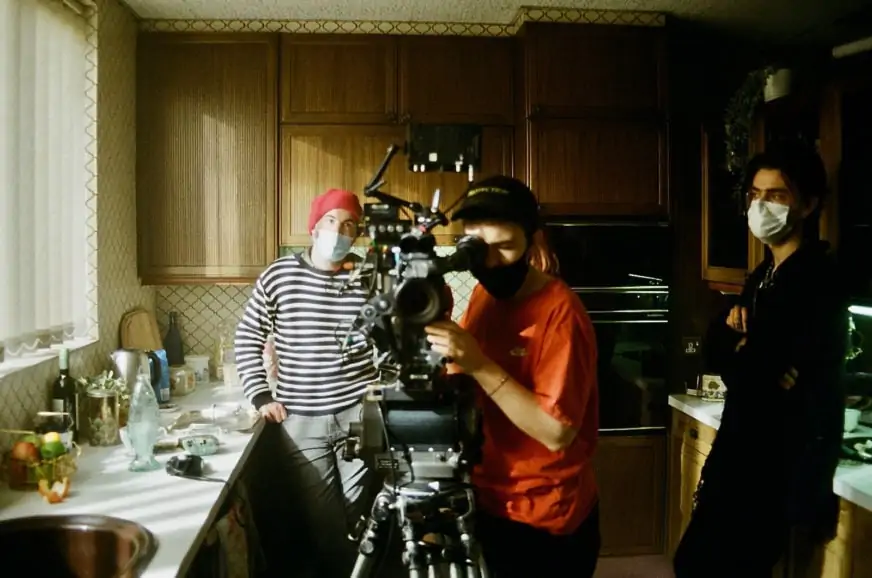
Manning-Walker’s favourite parts of the shoot was “the incredible energy on set” and the trust Wolf Alice had in the crew. “I spent most of the time standing 1cm away from lead singer Ellie’s face with the 3.5mm lens whilst still seeing the whole band in the background,” she says. “The bus stop was my favourite set-up – lit with mostly Asteras and a couple of tungsten lamps. We ran a 5K generator which was mostly powering the smoke machine. It’s so crazy how you can now have a night-time exterior running with such little energy. Everyone really cared about the project which you can see in the films. The sparks riding the dimmers on the Source 4s to the beat with such joy was a beautiful sight.”





